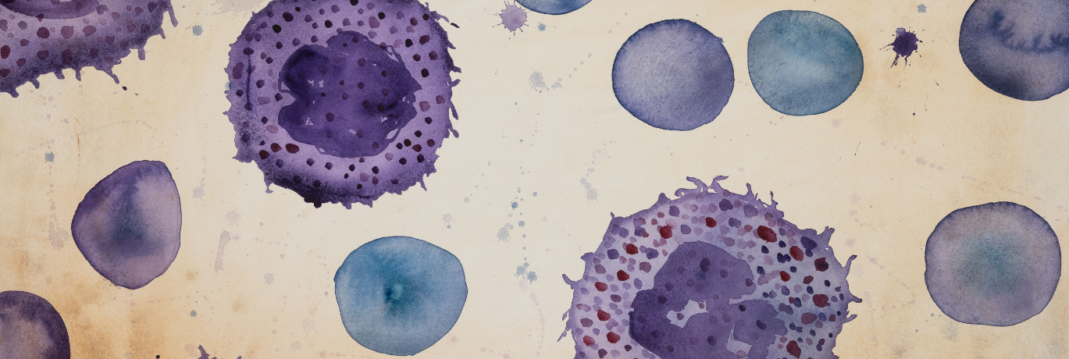Xeno- and feeder-free differentiation of human pluripotent stem cells to two distinct ocular epithelial cell types using simple modifications of one method
Hongisto H., Ilmarinen T., Vattulainen M., Mikhailova A., Skottman H.
Stem cell research & therapy, 2017
Here the authors describe a robust xeno- and feeder cell-free culture system for undifferentiated hPSCs along with efficient and scalable methods to derive high-quality retinal pigment epithelial (RPE) cells and corneal limbal epithelial stem cells (LESCs). Multiple genetically distinct hPSC lines were adapted to a robust, defined, xeno-, and feeder-free culture system of Essential 8™ medium and laminin-521 matrix. Thereafter, two-stage differentiation methods toward ocular epithelial cells were established utilizing xeno-free media and a combination of extracellular matrix proteins laminin-521 and Collagen IV. Derivative RPE formed functional epithelial monolayers with mature tight junctions and expression of RPE genes and proteins, as well as phagocytosis and key growth factor secretion capacity after 9 weeks of maturation on inserts. Efficient LESC differentiation led to cell populations expressing LESC markers such as p40/p63α by day 24. Finally, the authors established xeno-free cryobanking protocols for pluripotent hPSCs, hPSC-RPE cells, and hPSC-LESCs, and demonstrated successful recovery after thawing on laminin-521 and Collagen IV. The simple xeno-free methods described here could be upgraded to GMP-quality for future preclinical testing and safety and functional efficacy testing of the hPSC-RPE and hPSC LESCs produced with these protocols are currently ongoing in non-human primates and rabbit models of LSCD, respectively.

Talk to our team for customized support
We are here to help you in your journey.